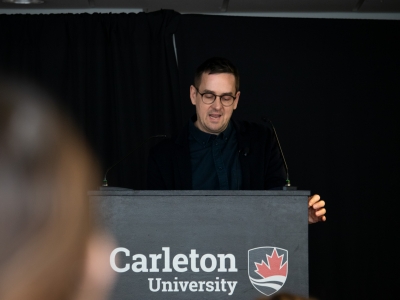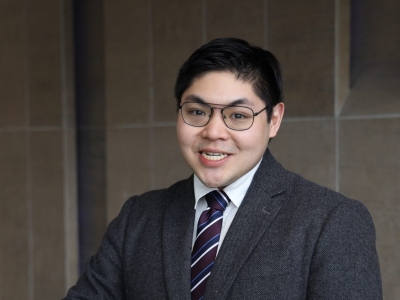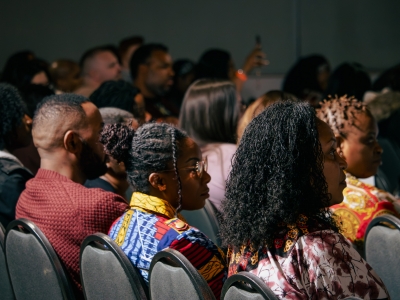When Carole Craswell arrived at Carleton in 1986, her office was on the third floor of “St. Pat’s”, home to both the School of Journalism and the newer Mass Communication program. It was a time when people smoked at work, most of the professors were men, and computers were a rarity.
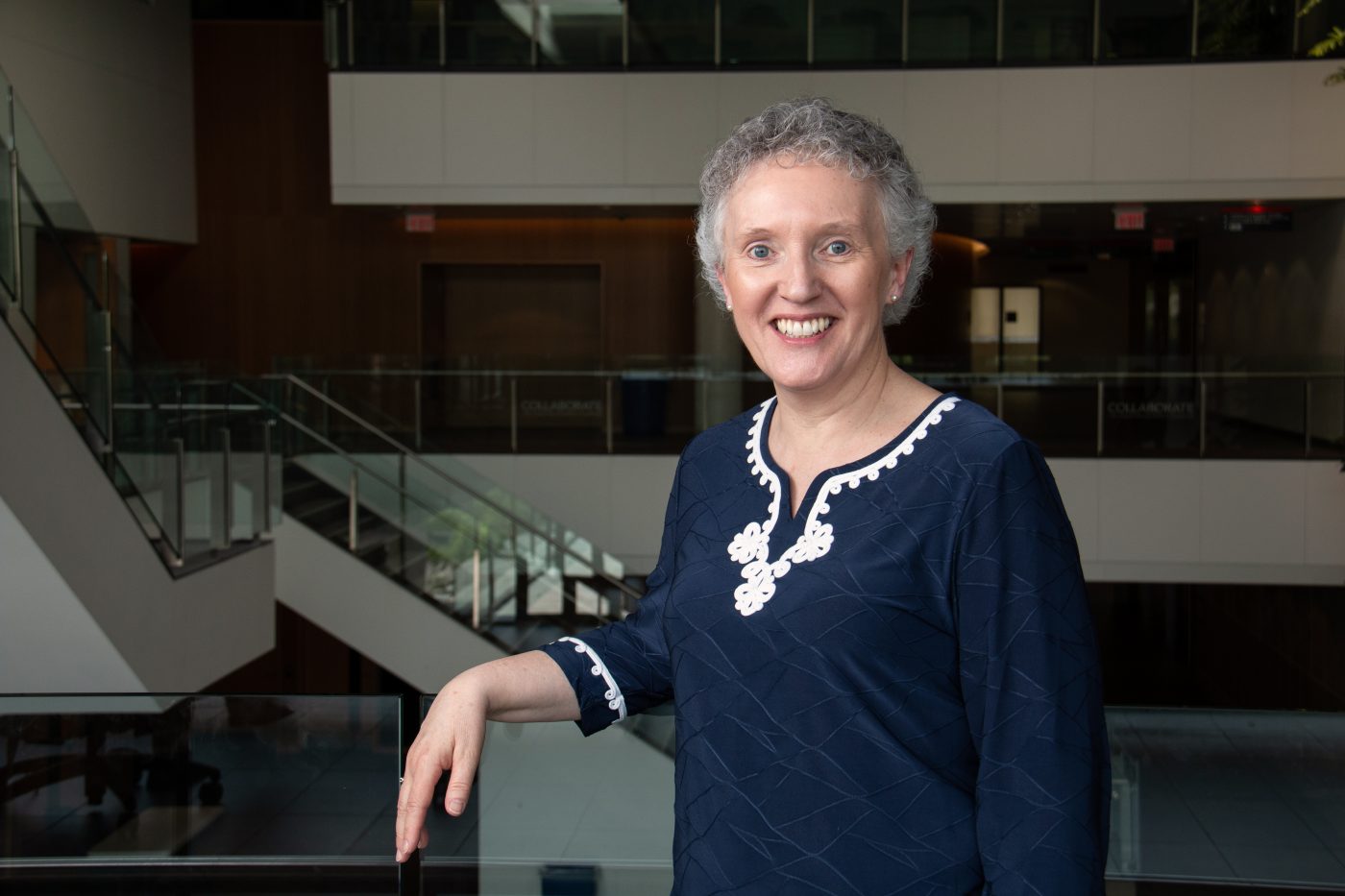
Carole Craswell
“It was a bustling place with students running up and down the halls to meet deadlines,” recalls Craswell, who served as the program administrator for Mass Communication. “Centretown News was two doors down, the radio studio was in the middle, and the darkroom was across the hall. All the doors were open and everyone spilled into the hallways.”
Craswell is retiring as the school administrator for the School of Journalism and Communication. Her recollections of the past 33 years—and her many photos—are an important part of the School’s history.
“I remember when the journalism students had to take typing classes: there were two classrooms filled with manual typewriters,” she recalls. “Plus, we were still using a mimeograph and a Gestetner machine for big copying jobs—the photocopier was too expensive for regular use.”
Email arrived slowly, and was more of a novelty at the beginning.
“All of my emails for the day would fit on one screen—and anything important would be put in a memo and filed,” says Craswell, who organized the School’s old files before she left. “It’s the history of the School and no one else knows what all of it means.”
Starting From Scratch
Communication Professor Eileen Saunders, now retired, remembers being on the hiring committee that chose Craswell as the first full-time administrator in Mass Communication in 1986.
“Carole was the obvious choice. She just shone in the interview,” says Saunders, who was associate director at the time. “She had a calm presence that was very commanding in her own quiet way and we needed someone who could come in and define this new position. She had the confidence and maturity to do that.”
Saunders and Craswell worked closely together for five years, before Saunders left to be director of Arthur Kroeger College for a decade. When she returned, Craswell was now administrator for the whole school, but they quickly fell back into their collegial partnership.
“There was a lot of laughter. We’re both Maritimers and share a cynical sense of humour,” explains Saunders. “But what I really liked about her was that she was unflappable during a crisis. It’s really important to have someone in that position whom you can go to for advice and know that the advice has been well thought out and is based on the best interests of the students and the program. I trusted her as a sounding board.”
In addition to valuing Craswell’s friendship, Saunders also recognizes her significance in the School of Journalism and Communication as a whole.
“She knows more about the history of our discipline than many of our colleagues at the school because she’s been on the front lines from the beginning,” says Saunders.
On the Front Lines
In fact, Craswell has watched the School of Journalism and Communication change considerably over time. But she says there weren’t sudden shifts from one day to the next.
“Things phased out over time. We didn’t suddenly replace all of the typewriters with computers. But I remember when we moved from St. Pat’s to Richcraft Hall in 2012, we still had a couple of typewriters left and wondered, ‘What do we do with these?’”
When Craswell started at Carleton in 1986, the Mass Communication program only had 300 to 400 undergraduates. Today there are 1200 to 1300 students in the Bachelor of Communication and Media Studies, as well as the Master of Arts, Communication and the PhD in Communication.
The Bachelor of Journalism, Master of Journalism and Bachelor of Media and Production and Design have an additional 550-600 students.
Carole was the only support person in the Communication program until 2011. Today, as School Administrator, she supervises five undergraduate and graduate administrators for Journalism, Communication and the Bachelor of Media Production and Design.
She says one of her most challenging tasks—and one she’s most proud of—was the transition from the Bachelor of Arts, Communication to the Bachelor of Communication and Media Studies (BCOMS) in 2016.
“That was a big process: all the mapping of courses and figuring out which of the old credits corresponded with the new ones so current students weren’t at a disadvantage,” she recalls. “It’s exciting to see the programs evolve and stay ahead of the curve.”
Changes in Student Life
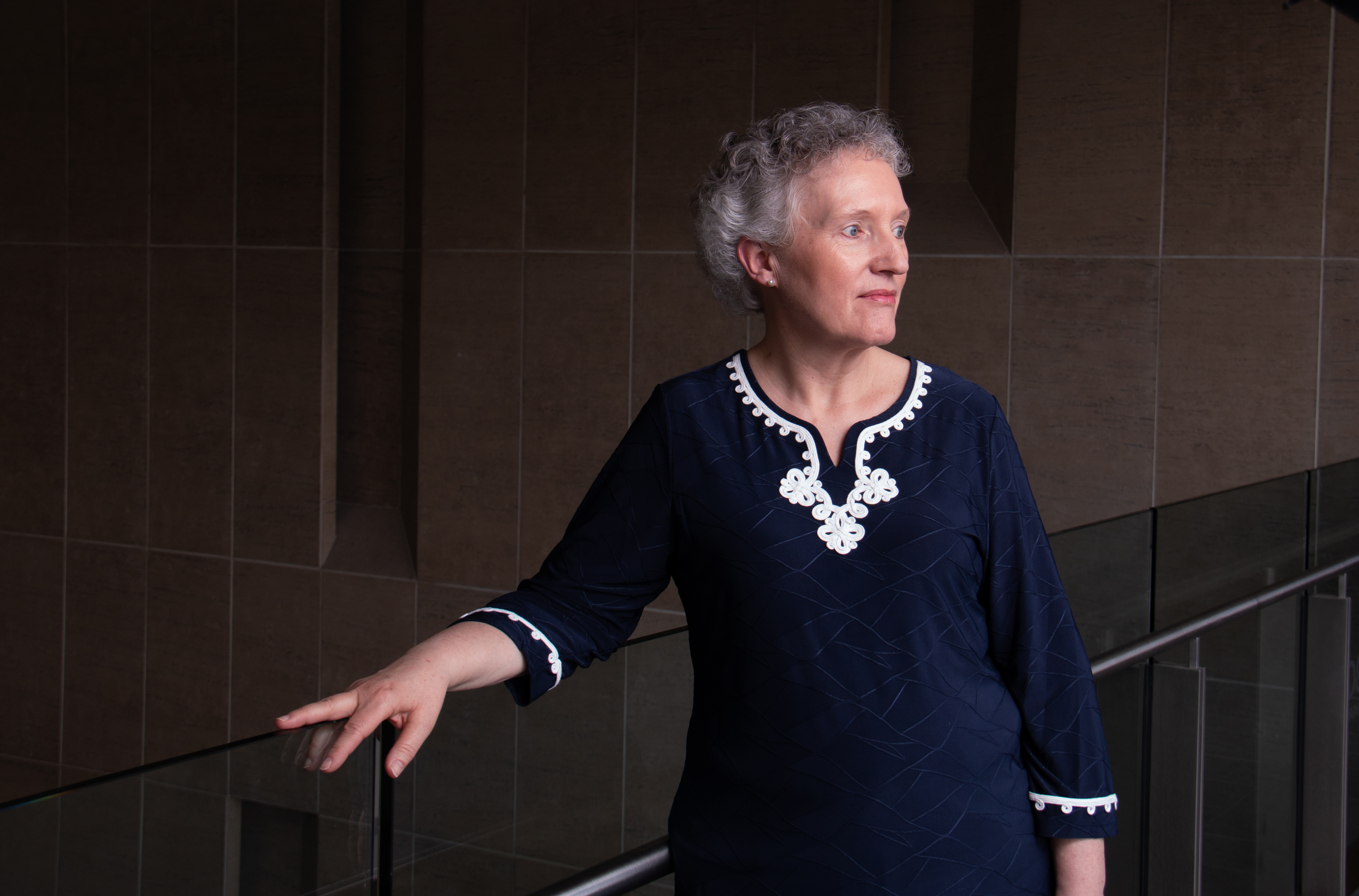
Carole Craswell
Craswell has noticed some changes in terms of students, as well. Communication has sped up—rather than coming during office hours, students send an email and expect an answer immediately. They are also spending more time on the job.
“About 15 years ago, I noticed that when students came in for advising, they were trying to schedule their school around their work instead of vice versa. There was an economic shift and we had to rethink when we were offering our courses as a result.”
But otherwise, students are much the same: “Sometimes they just need someone to listen to them.”
A Valued Colleague
Current School director Josh Greenberg has worked with Craswell for 15 years and describes her as “the backbone of the School.”
“One of the great things about our School is its sense of community. From our monthly ‘cake days’ to the annual holiday and summer potlucks, and all of the little celebrations in between, Carole has done so much to ensure this continues to be a great place to work.”
Greenberg also notes Craswell’s penchant for photography and her role as the School’s “unofficial archivist.” Lovingly known as “Carole Kodak” she’s helped document a visual record of School events over many years. “We are all grateful for the evidence Carole accumulated of our collective aging process.”
Associate director Susan Harada, who heads up the Journalism program, says Craswell has definitely had a lasting impact on the life of the School.
“When she leaves, an enormous amount of institutional knowledge will go with her,” said Harada. “Her ability to provide historical decision-making context, and based on that, to always know who to call when program issues arise, will be difficult to replace.”
In the end, Craswell is particularly grateful for the opportunities she received in the School of Journalism and Communication.
“I was always allowed the latitude to develop processes and have a lot of say in things. I was asked my opinion and expressed it from an operational point of view,” she says. “I was treated with respect and I appreciated that.”
As she begins her retirement, her plans are simple: to gather a cup of tea, a good book, and her dog on the back deck.
Friday, June 21, 2019 in General, News, School of Journalism and Communication
Share: Twitter, Facebook
